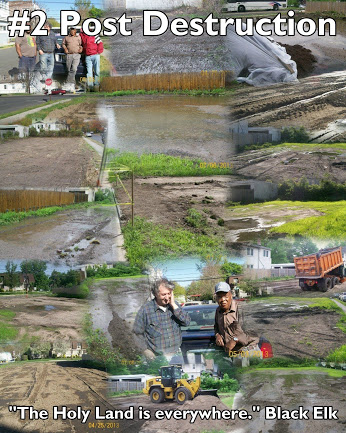Northern New Jersey is under possible severe weather warnings for this weekend. So why is it that this much protested against worksite has been left like this over the Holiday weekend? Why is this massive crane perched over Englewood and not over the worksite? Why was it not secured? Why was it left over the Holiday?
Is anyone watching what is going on over there? Is anyone listening to the Residents in the area who have been complaining about construction on this site since before the work even started?
I would not like this thing hanging about anywhere near my home. As it is, another 4th Ward Resident sent me this photo because he is concerned about his property, his family and neighbors who live in the area?
Is anyone keeping tabs on this work? Is this okay with the powers that be? Who will be held responsible for any property damage or injuries that could occur as a result of this obvious negligence?



















